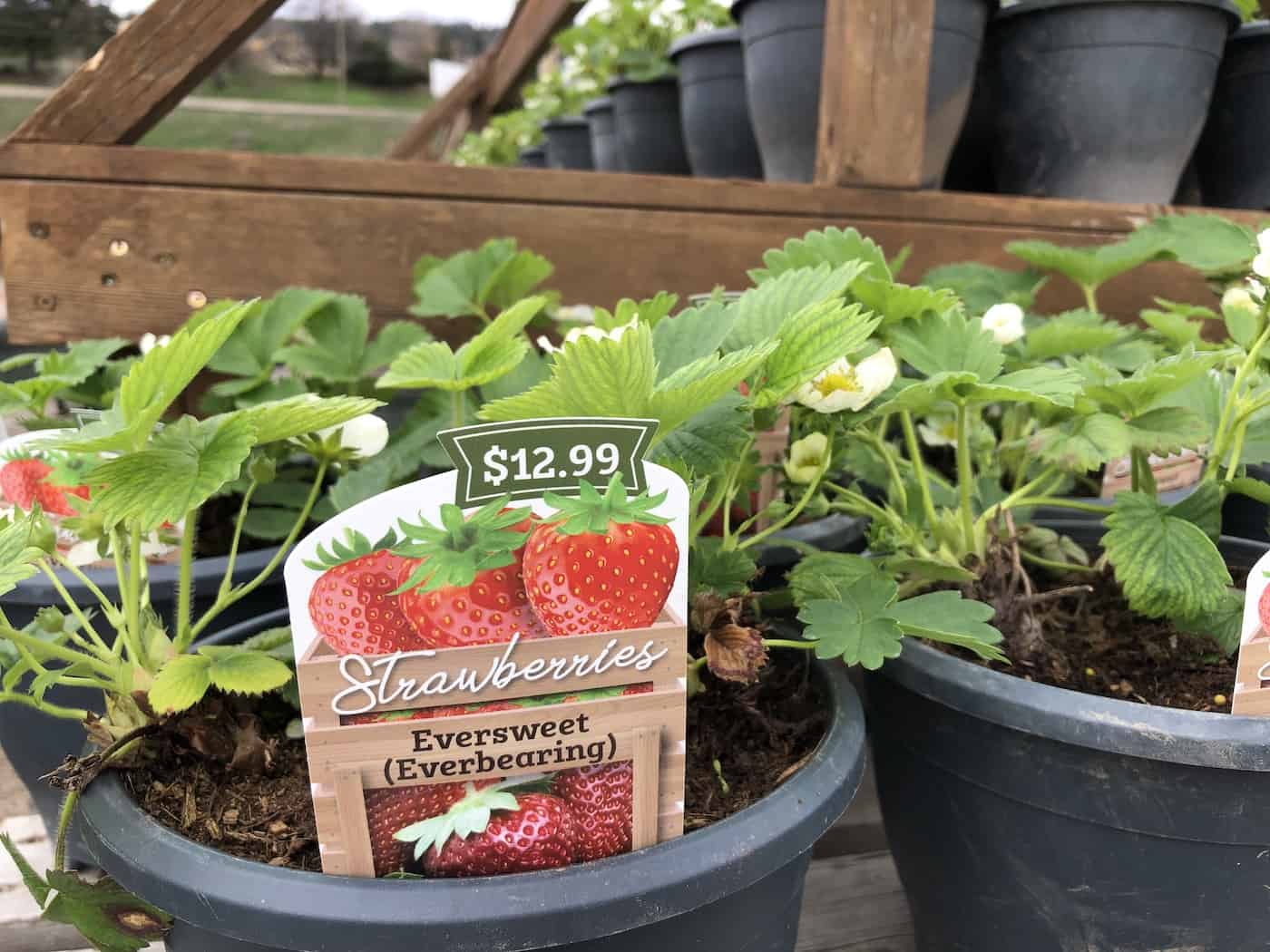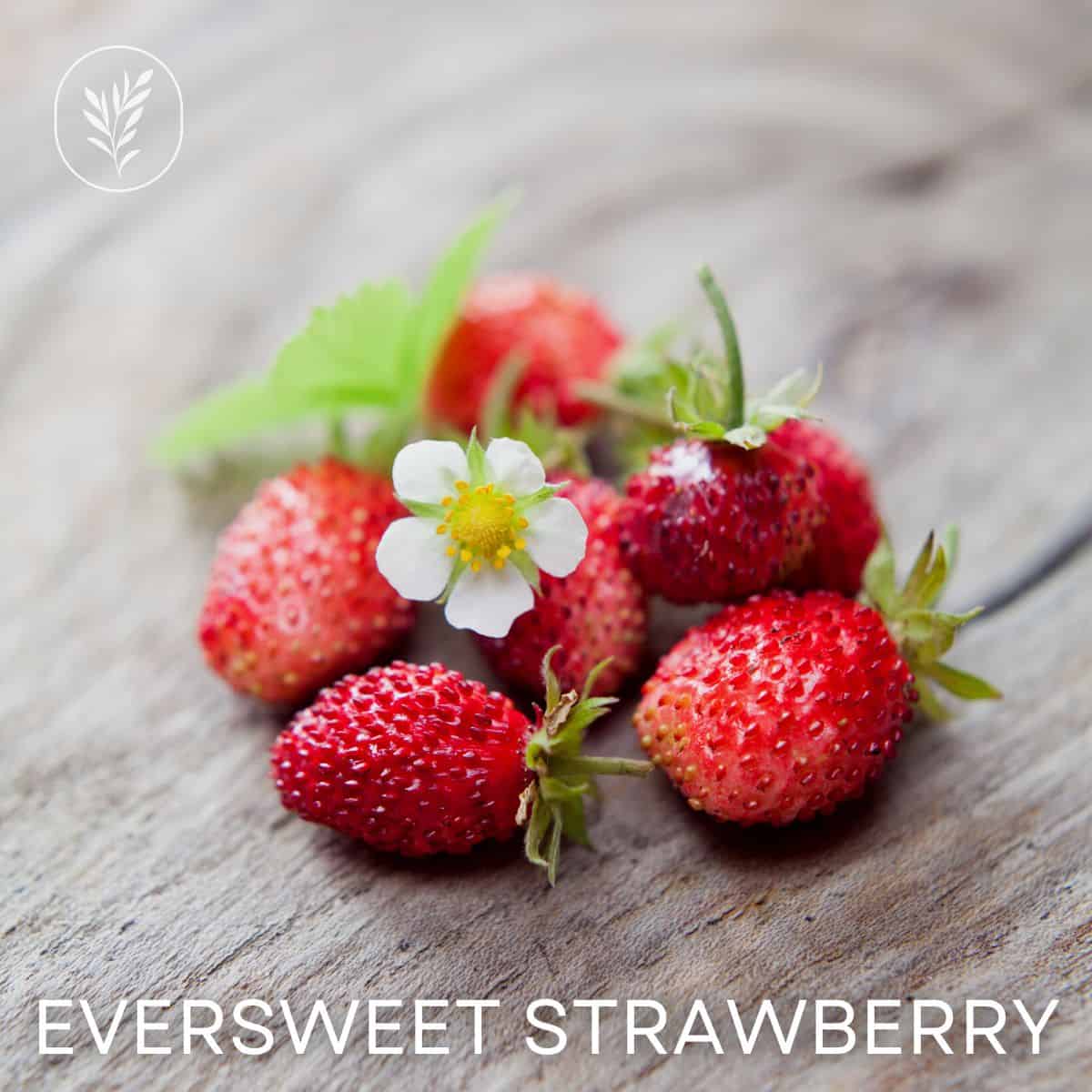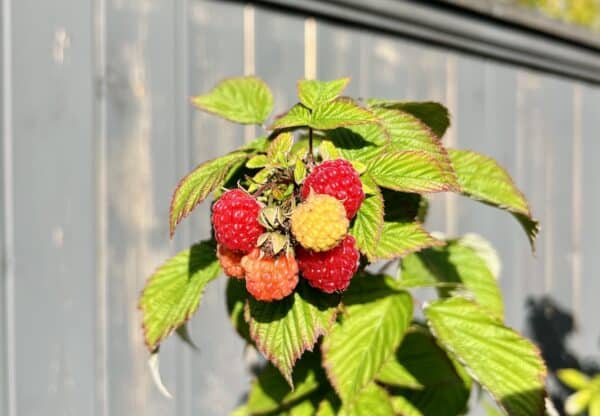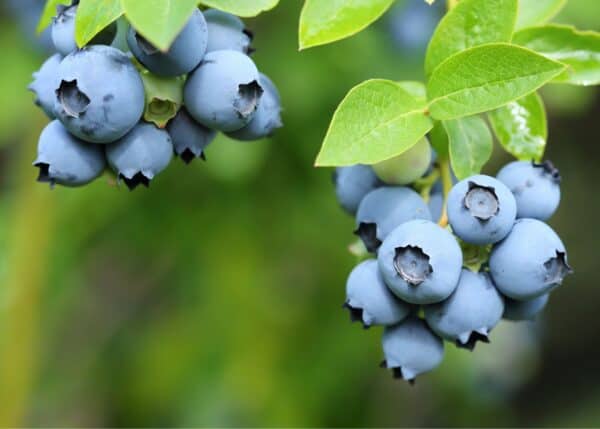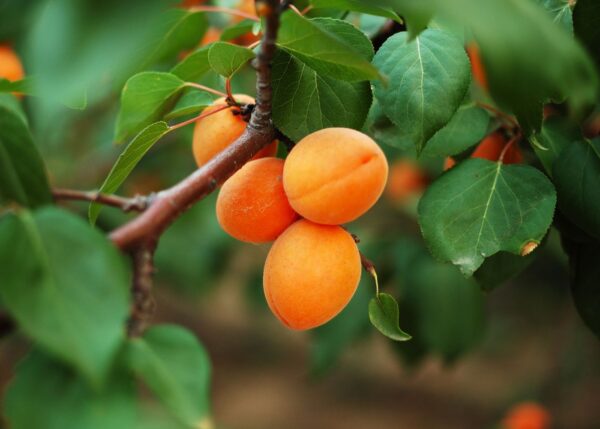Are you on the lookout to start growing your own Eversweet strawberries? If so, then you have come to the right place!
The Eversweet Strawberry is an everbearing garden strawberry cultivar known for its heat tolerance and tasty bright red berries. Eversweet strawberry plants are easy to grow, thriving in full-sun locations with well-drained soil and consistent watering. Eversweet strawberries are an excellent choice for gardeners in southern locations looking for an extended harvest of berries that remain flavorful even when hot temperatures arrive.
Read on to learn all about Eversweet strawberries!
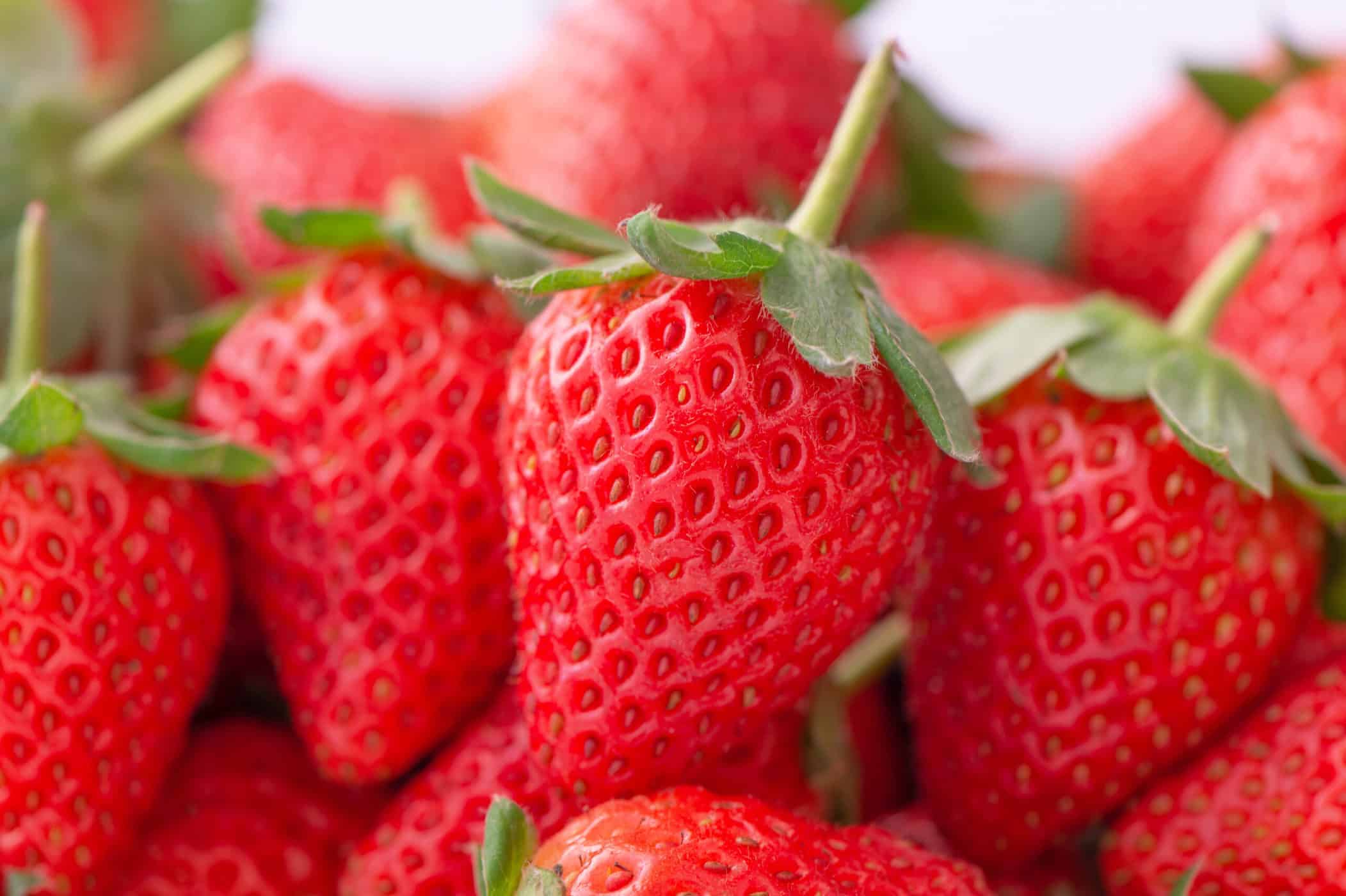
Eversweet strawberries: The basics
Eversweet Strawberries were bred for southern growing conditions, however, they also do well in northern areas of the country. This variety of strawberries is unique in that the plants can withstand harsh temperatures of 100° Fahrenheit. Full sunlight is recommended, however, partial shade can be tolerated. Ample amounts of sunlight will provide the best results. The more sun, the better the taste and the larger the berry.
Eversweet strawberries undoubtedly prefer hot weather, however, they are resilient. During the winter months, they can withstand frost. In cooler climates, they may die back to their roots in the winter. Although you will want to protect them as much as possible, specifically during the spring, they are rather durable. Eversweet strawberries are perennial plants in Zones 5-9.
Eversweet strawberries provide fruit throughout the year. During the spring, summer, and fall months, you will notice the plant is consistently producing strawberries.
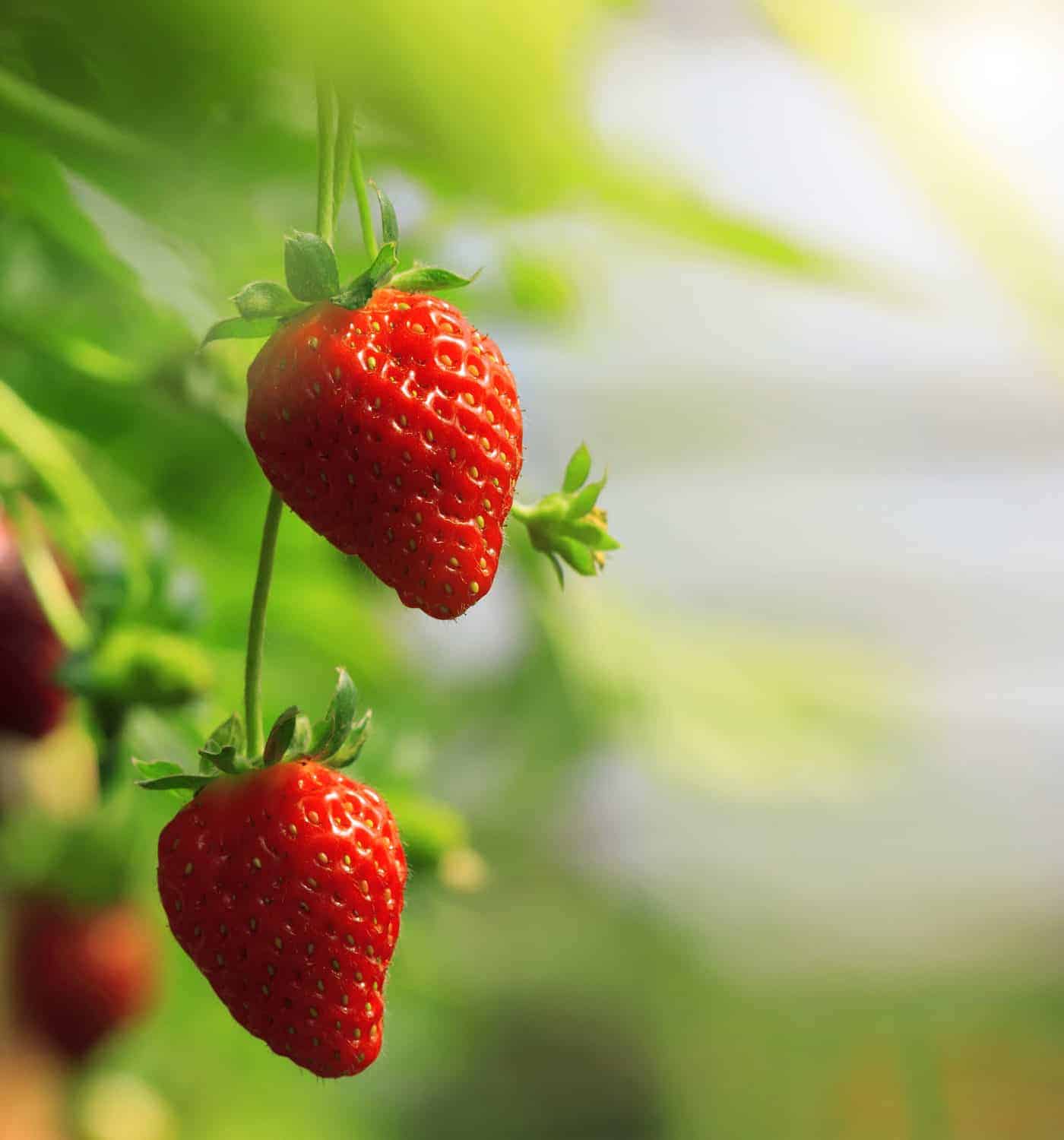
What do Eversweet strawberries taste like?
As you can probably guess from the name of the berry, Eversweet strawberries are deliciously sweet. They provide exceptional flavor and are great for desserts, fruit salads, freezing, or just eating by themselves.
Eversweet strawberries are one of the best-tasting types of strawberries. You will not be disappointed if you grow and/or purchase this berry. You will be amazed by just how sweet the Eversweet strawberry actually is.
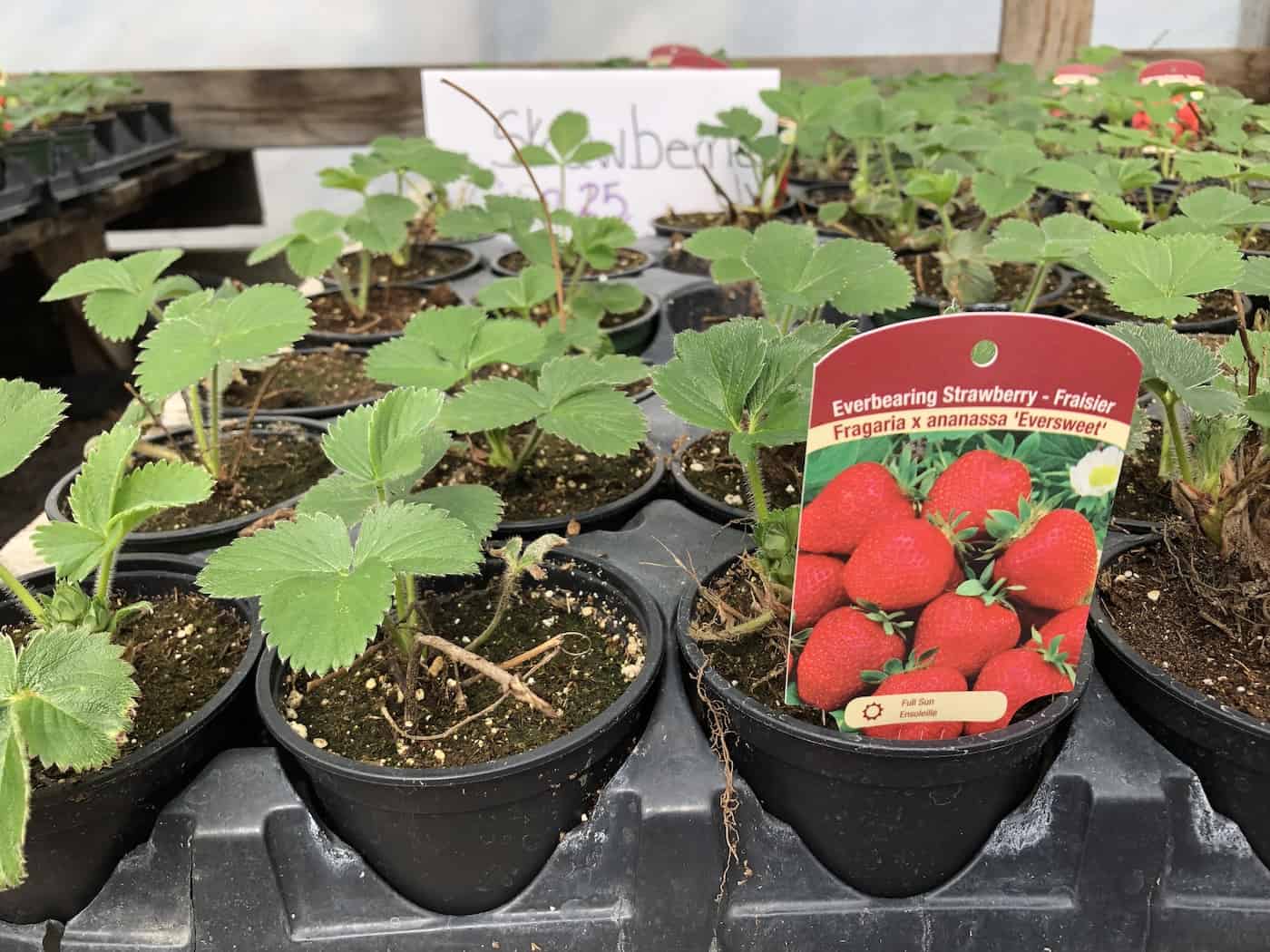
How to grow Eversweet strawberries?
Eversweet strawberries are very easy to grow. The biggest requirement the plants demand is light, and most locations offer this in abundance. Even if you live in an area without a lot of natural light, there are still options you can choose from.
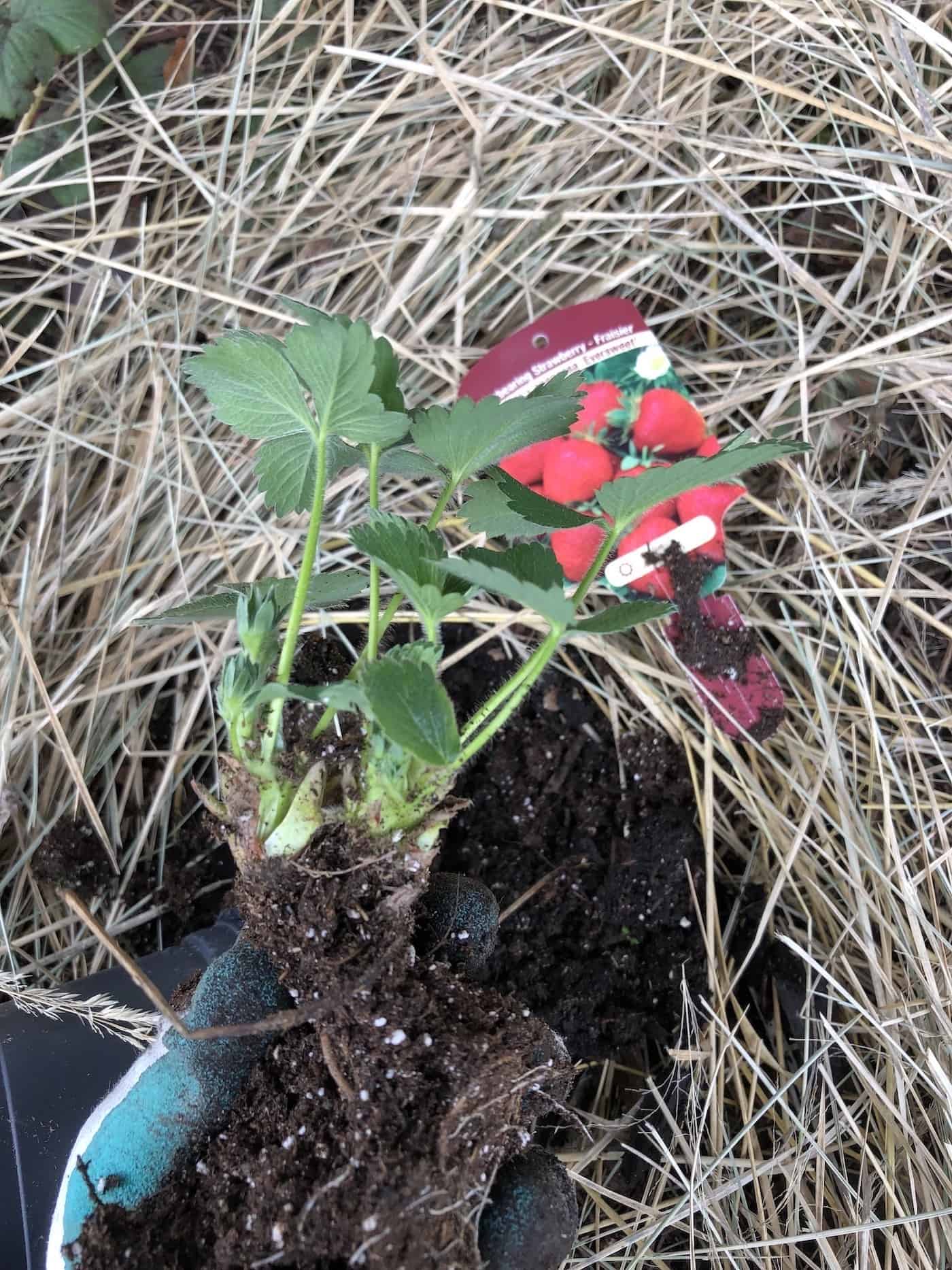
Planting
For the best results, transplant your strawberries in early spring. Eversweet strawberries tend to grow best when planted in April or early May in most temperate climates.
Eversweet strawberries are sold as both bare-root strawberry plants and as potted baby strawberry plants. Packs of bare root plants (see photo below) are generally cheaper and easier to find than potted Eversweet strawberry plants.

Soil
Eversweet strawberries prefer sandy loam soil. This is a combination of sand, silt, and clay. Air and water flow in this soil is ideal, and the soil provides plenty of drainages. The berries cannot handle overly moist conditions, which is why sandy loam soil is the best option. Space them far apart for optimal growth.
Lighting
Sun exposure is necessary for Eversweet strawberries, as they need full sunlight. The berries thrive when in warm weather conditions and they need at least six hours of sunlight. However, they prefer growing with up to ten hours of sun. For Eversweet strawberries, the more sunlight the better.
Growing these berries outdoors is ideal, however, that is not always an option. If weather conditions do not permit outdoor growing, then do not worry. It is still possible to grow them indoors. Purchasing a growing light will be necessary. A full spectrum light is recommended to mimic the sun as closely as possible.
Watering
Eversweet strawberries need one inch of water weekly. During the growing season, they may need two inches per week. Having ample amounts of water is a requirement for the berries and they cannot survive without it. The flowering and fruiting of the berry rely on frequent watering.

Container
Eversweet strawberries are not finicky on the type of container they need. All they require is that it provides drainage. With a container that provides drainage and soil that aids in drainage, your berries are sure to grow properly.
Here are some ideas for strawberry planters to use:
- Strawberry jars
- Raised garden beds
- Window boxes
- Flower pouches
- Half barrels
- Hanging baskets
Disease
Strawberries are vulnerable to many types of disease, and Eversweet strawberries are no exception. It is not at all uncommon to experience leaf spots or root rot. Strawberries are susceptible to a variety of rotting and molding. The diseases can be disastrous and deadly to the entire plant.
Once you notice mold or rotting, you will want to remove the infected parts immediately. Enhance air circulation to avoid the spreading of disease. If this does not help, then you will want to move the plant to an entirely new location. This will hopefully improve the problem. If not, then purchase a fungicide spray.
You will want to do everything possible to make sure your plant never encounters disease. Although sometimes it cannot be prevented, there are things you can do to increase the chances of your plant staying away from disease entirely. To do so, you will need to ensure the conditions are not too moist. Do not overwater your plant and make sure the soil is well-drained.
Eversweet strawberry plants last for several years. After two years you will want to consider getting a new plant, however, they can last up to five years. Diseases will cause fewer strawberries to produce on the plant, so you will want to start fresh with a new plant once this occurs.
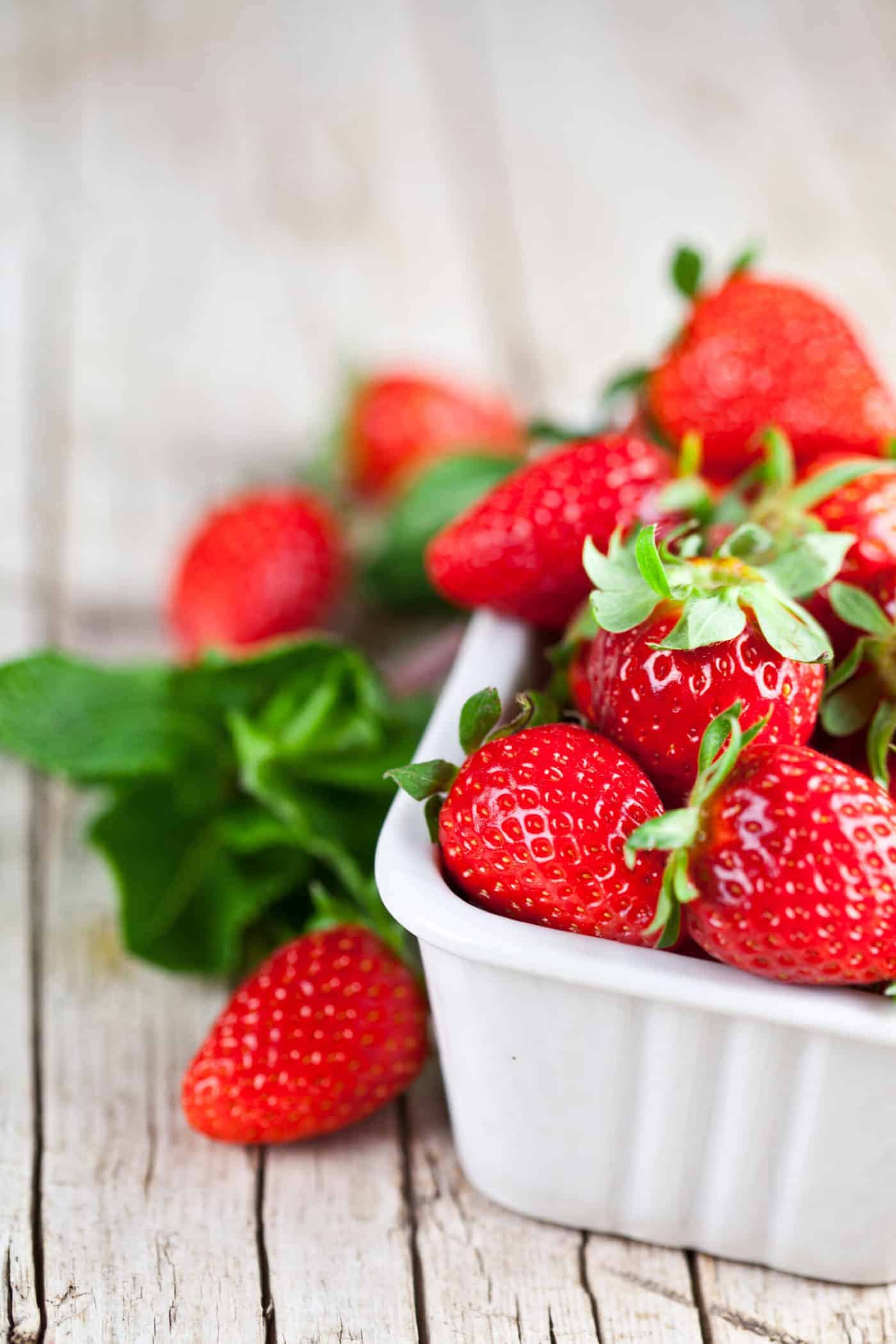
When do Eversweet strawberries ripen?
Eversweet Strawberries ripen in two main crops per year. The largest crop ripens in early spring, often in late June or early July. These berries grow from flower buds that are overwintered in the crown of the strawberry plant (just on top of the roots). Buds also form in the crown during the springtime. These spring-formed flowers emerge and blossom in the summer, setting fruit that typically ripens in late August or early September.
An easy way to remember when Eversweet strawberries ripen is to note that the first crop happens when school gets out in the spring, and then the second crop ripens when school goes back in session in the autumn.
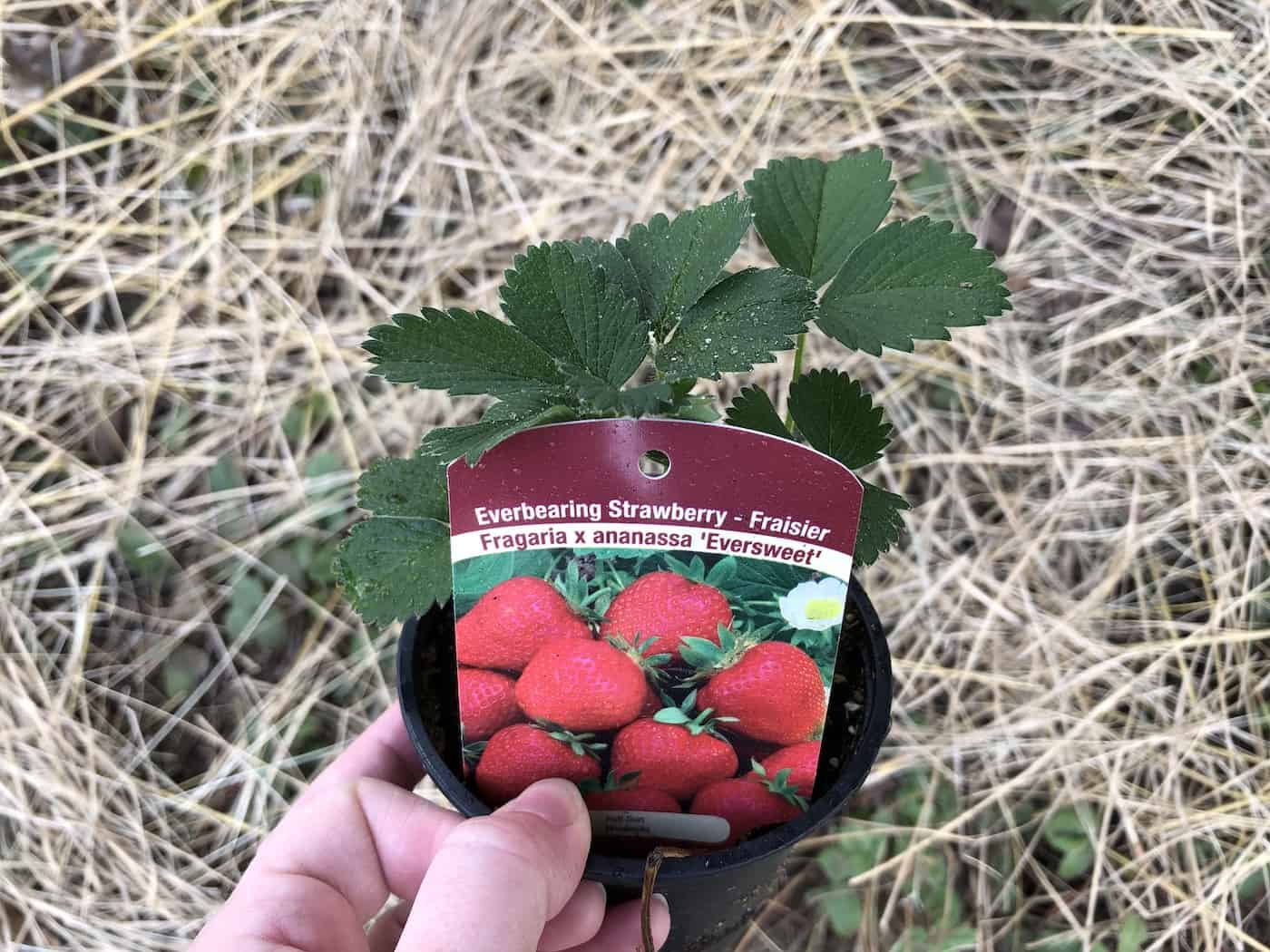
Other similar strawberry varieties
Here are some strawberry varieties with similarities to Eversweet, in that they are either everbearing or they are well-suited to hot southern gardens:
- Ozark Beauty Strawberry (everbearing)
- Quinault Strawberry (everbearing)
- Chandler Strawberry (southern, hot climate)
